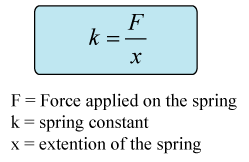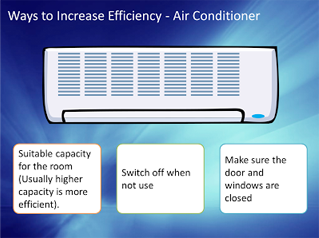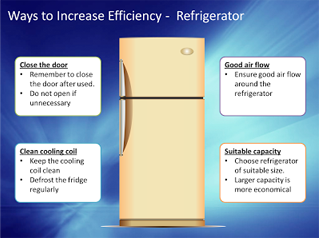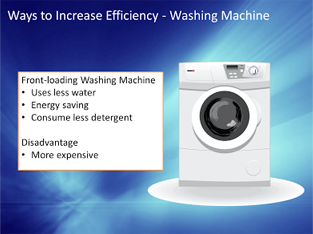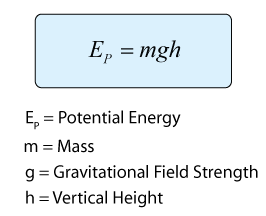
| Arrangement in series: | Arrangement in parallel: |
| Extension = x × number of spring Stiffness decreases Spring constant = k/number of spring | Extension = x ÷ number of spring Stiffness increases Spring constant = k × number of spring |
Factors Affecting the Stiffness of Spring
Material type of spring
(A steel spring is stiffer than a copper spring) |
 |
| Stiffer | Less Stiff |
Diameter of wire of spring
(The greater the diameter of the wire, the stiffer the spring) |
 |
| Stiffer | Less Stiff |
Diameter of the spring
(The smaller the diameter of spring, the stiffer the spring) |
 |
| Stiffer | Less Stiff |
Length of the string
(Shorter spring is stiffer) |
 |
| Stiffer | Less Stiff |




